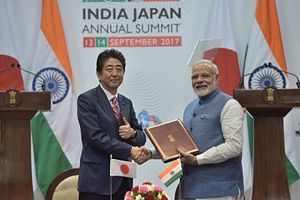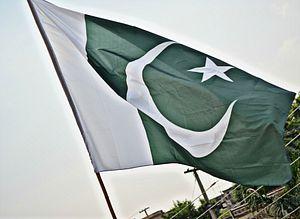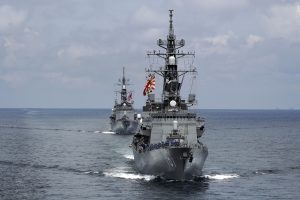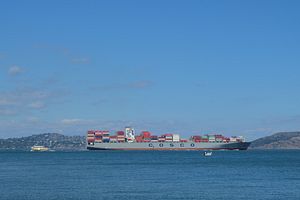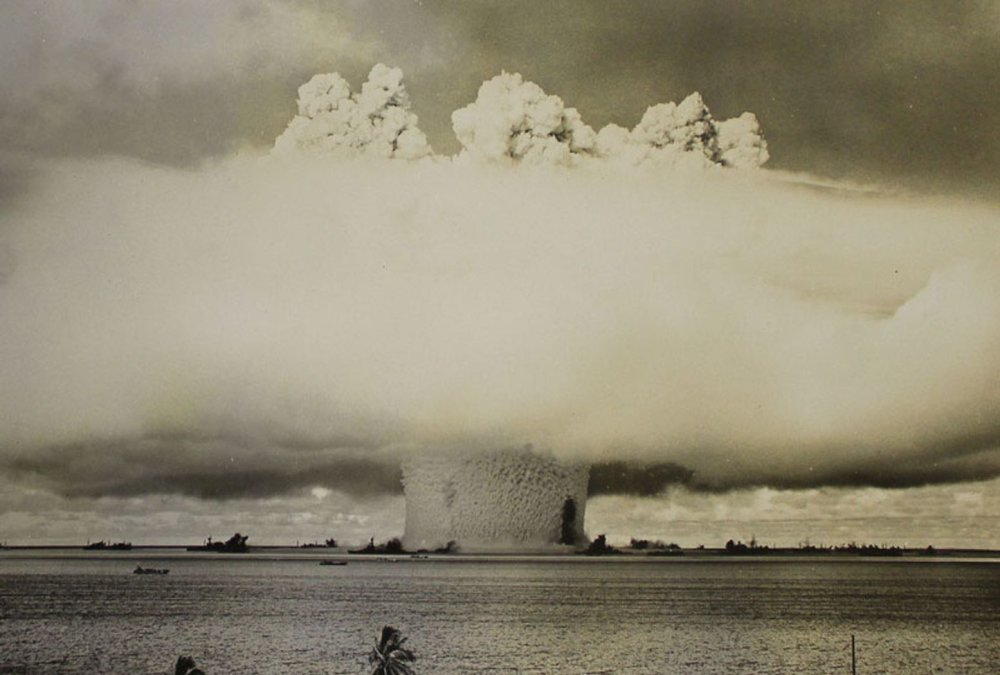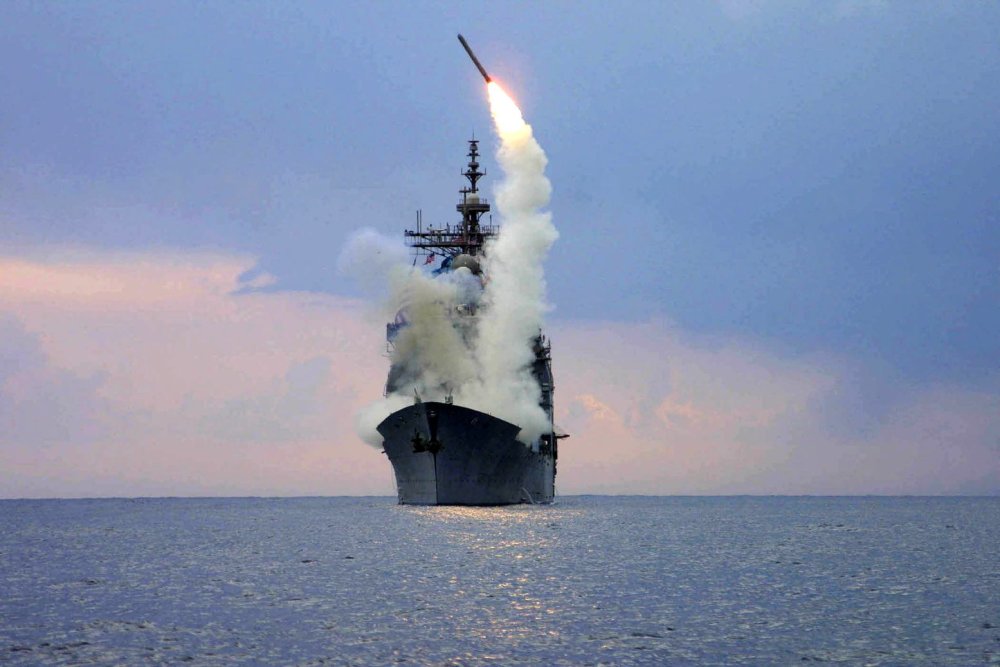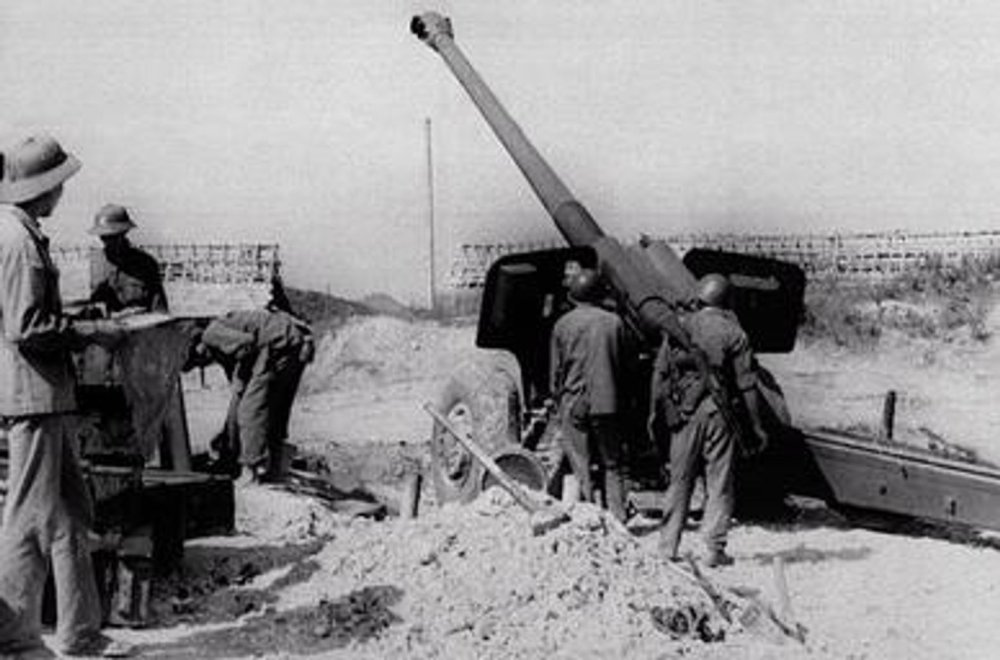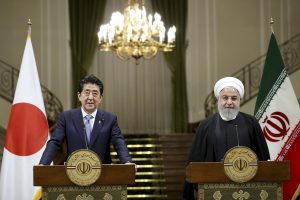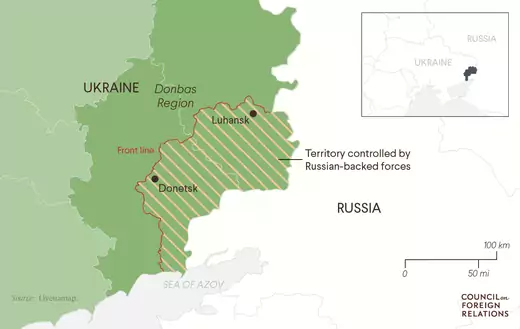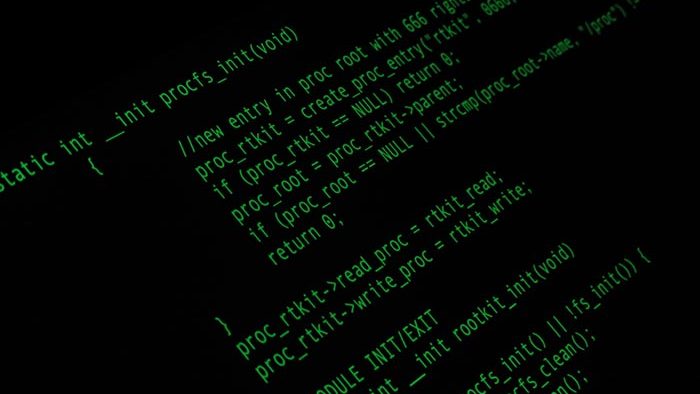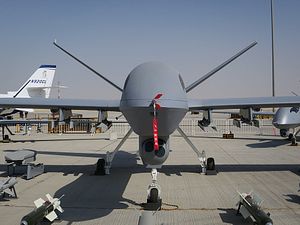P.J. BLOUNT
 In the novel Midnight’s Children, Salman Rushdie interweaves his signature magical realism into the political geography of India surrounding the specific time, 12:00am 15 August 1947, that India came into existence as a nation state.[1] Rushdie identifies this moment of national political identity as inseparably linked to individual identity. In one of the many turns of the novel, the reader is presented with the sale of Methwold’s Estate. In the story, William Methwold sells his estate to an Indian family with the contractual stipulation that the family must continue to live exactly as the English inhabitants before them had until the moment of Indian independence, at which point the family could again live as Indians. The fictional contract imposes an English (read colonial/imperial/Western) geography over the estate being sold. The contract extends a political identity as well by defining the identity of the inhabitants concurrently with the state’s political borders. The family lacked the possibility to live as and be Indian until the stroke of midnight, because until that point there was no such place to bound such an identity. Borders are what Kamal Sadiq, borrowing Rushdie’s phrase, calls “midnight’s children.” Decolonization led to “[n]ew borders,” and “paths that were legal and customary became illegal overnight” forcing, through both inclusion and exclusion, new identities on the local inhabitants as the result of international geopolitical shifts.[2] In Rushdie’s tale law enforces political identity congruent with state geography. At midnight, though, everything changes.
In the novel Midnight’s Children, Salman Rushdie interweaves his signature magical realism into the political geography of India surrounding the specific time, 12:00am 15 August 1947, that India came into existence as a nation state.[1] Rushdie identifies this moment of national political identity as inseparably linked to individual identity. In one of the many turns of the novel, the reader is presented with the sale of Methwold’s Estate. In the story, William Methwold sells his estate to an Indian family with the contractual stipulation that the family must continue to live exactly as the English inhabitants before them had until the moment of Indian independence, at which point the family could again live as Indians. The fictional contract imposes an English (read colonial/imperial/Western) geography over the estate being sold. The contract extends a political identity as well by defining the identity of the inhabitants concurrently with the state’s political borders. The family lacked the possibility to live as and be Indian until the stroke of midnight, because until that point there was no such place to bound such an identity. Borders are what Kamal Sadiq, borrowing Rushdie’s phrase, calls “midnight’s children.” Decolonization led to “[n]ew borders,” and “paths that were legal and customary became illegal overnight” forcing, through both inclusion and exclusion, new identities on the local inhabitants as the result of international geopolitical shifts.[2] In Rushdie’s tale law enforces political identity congruent with state geography. At midnight, though, everything changes.
In this example, we can see that the law (i.e. the contract) is the expression of political identity across a territory, rendering a condition in which “[l]ocation equals identity.”[3] Rushdie illustrates that an individual’s location is a construct that can change without physical movement. In other words, “space changes … meaning.”[4] Political space is the space in which negotiations about how social rights and obligations will be allocated among the governed and the government. This negotiation itself gives identity to the participants in terms of membership, which legitimates their role in such negotiations. International borders, therefore, are expressions of legal geography mapped onto spatial geography through an expression of a political geography bounded by common community.[5] As a result, legal arguments “presuppose spatial knowledge,” and human rights actions are “struggles for spatial normativity.”[6] These values structure public space in which discourse and deliberation take place. Of course, such uniform identification of individuals with political values compartmentalized by borders is a mythical construction, but it is the construction that underlies international space.[7]
